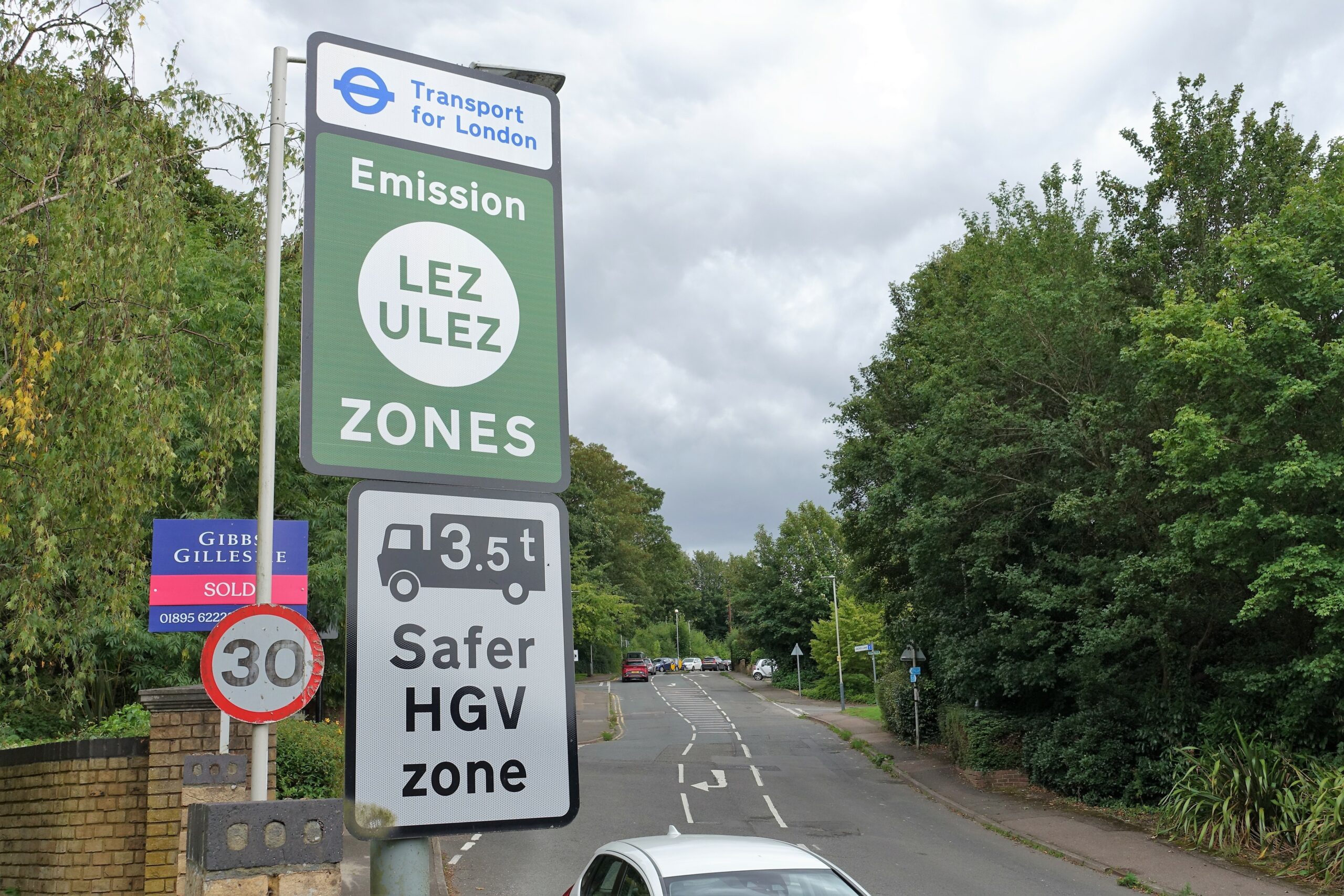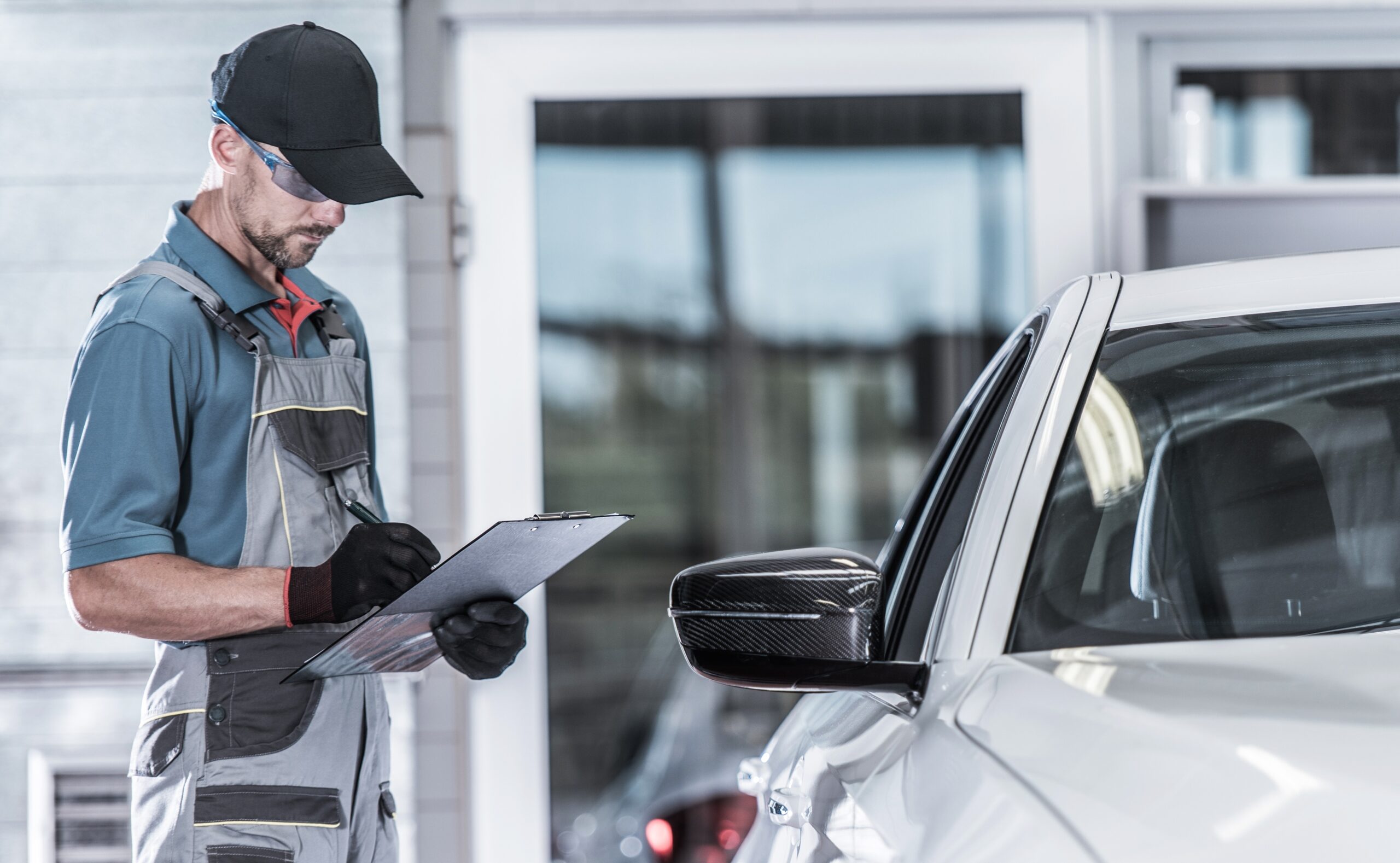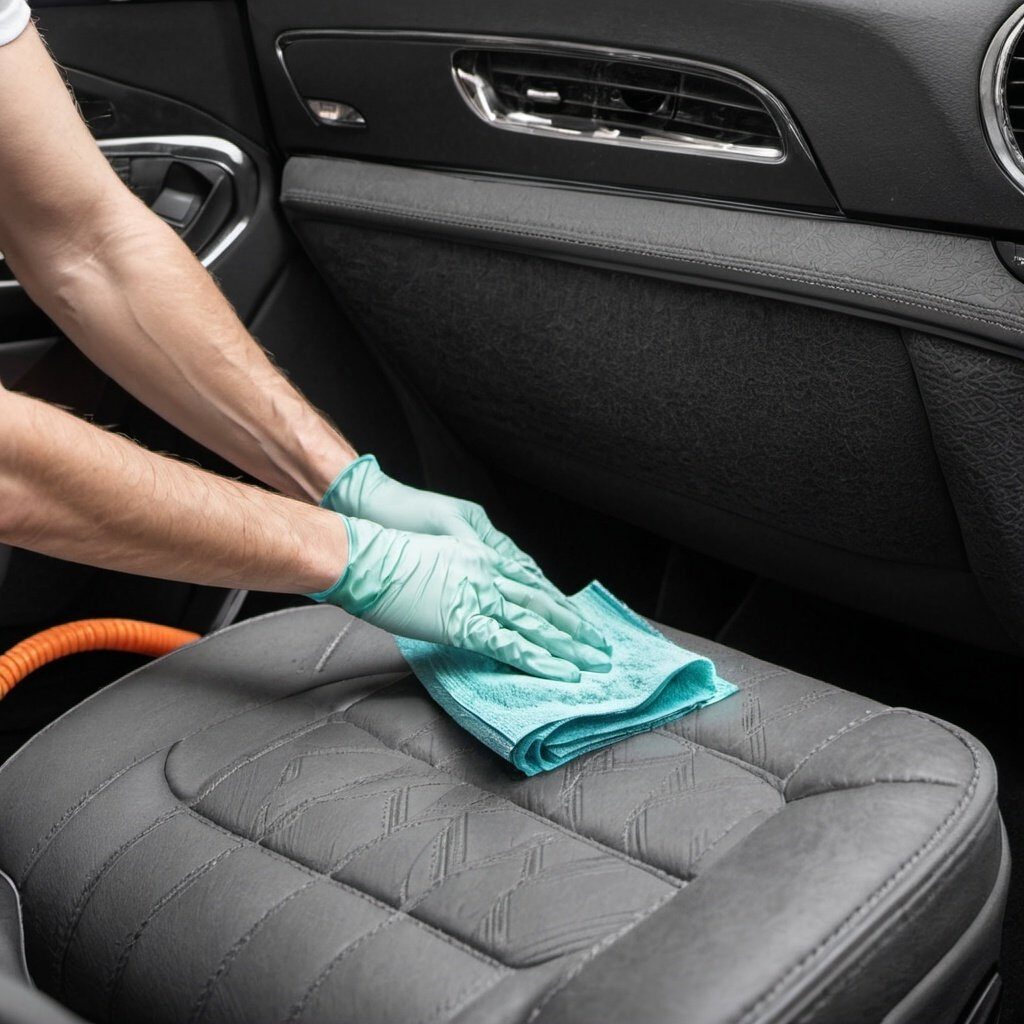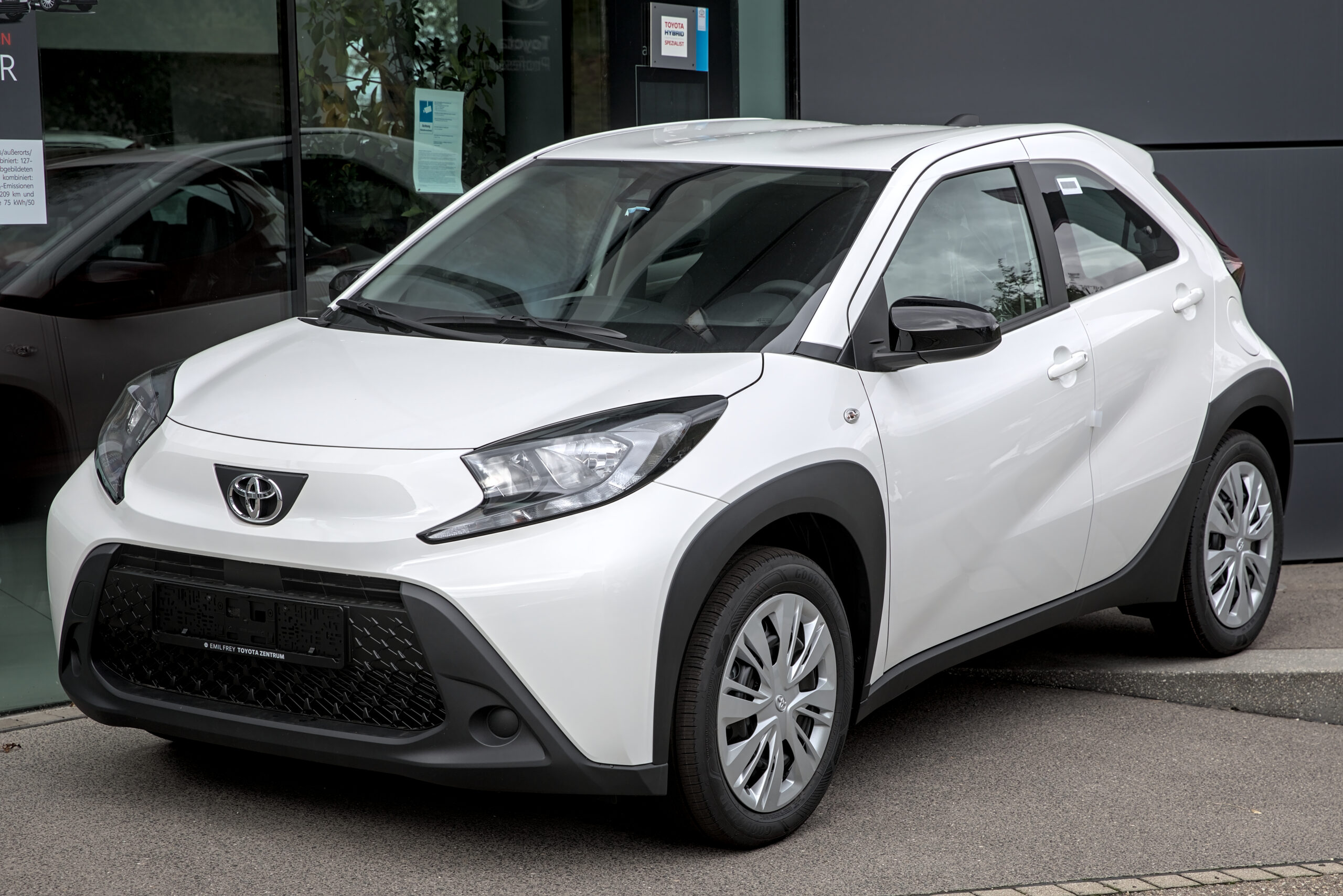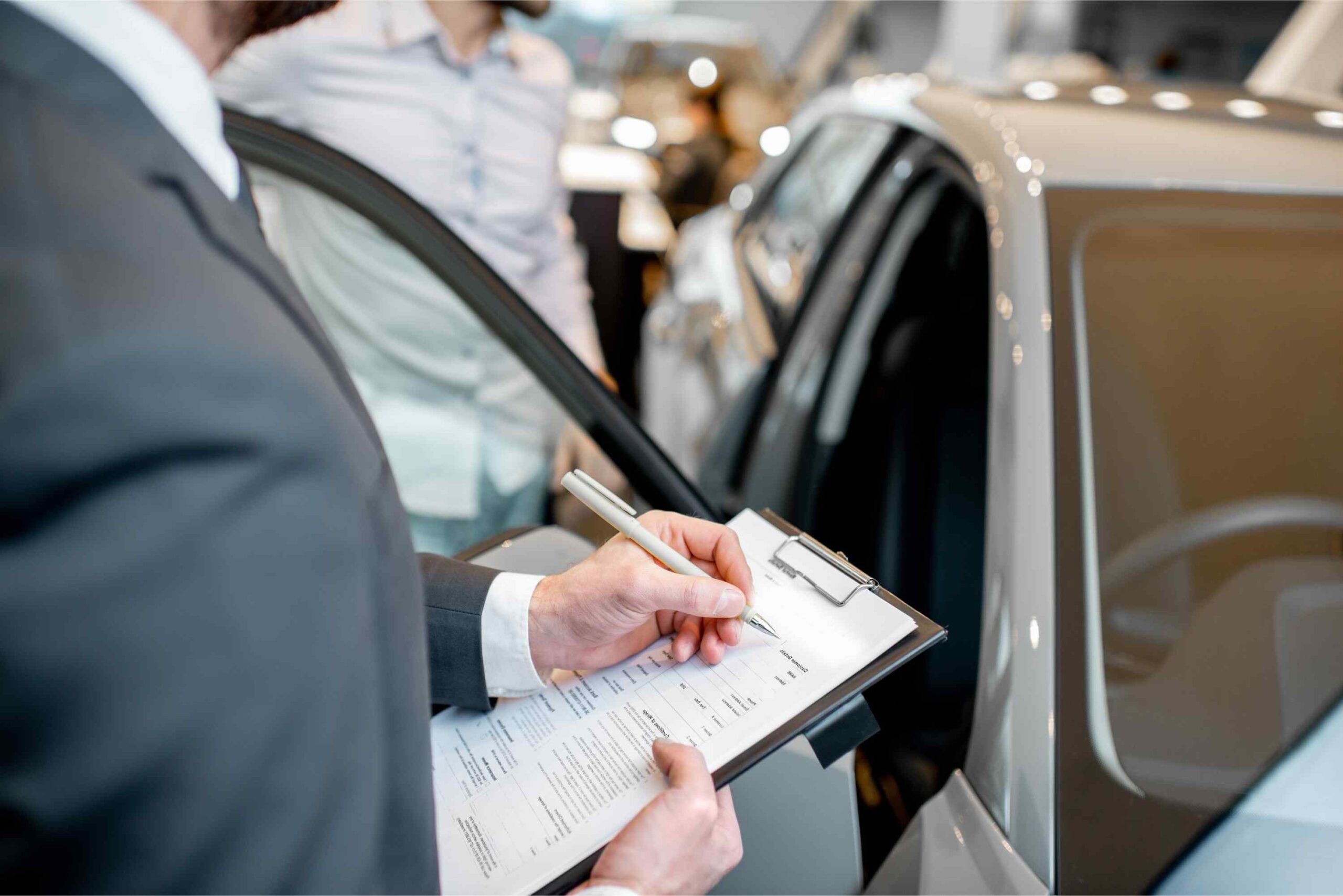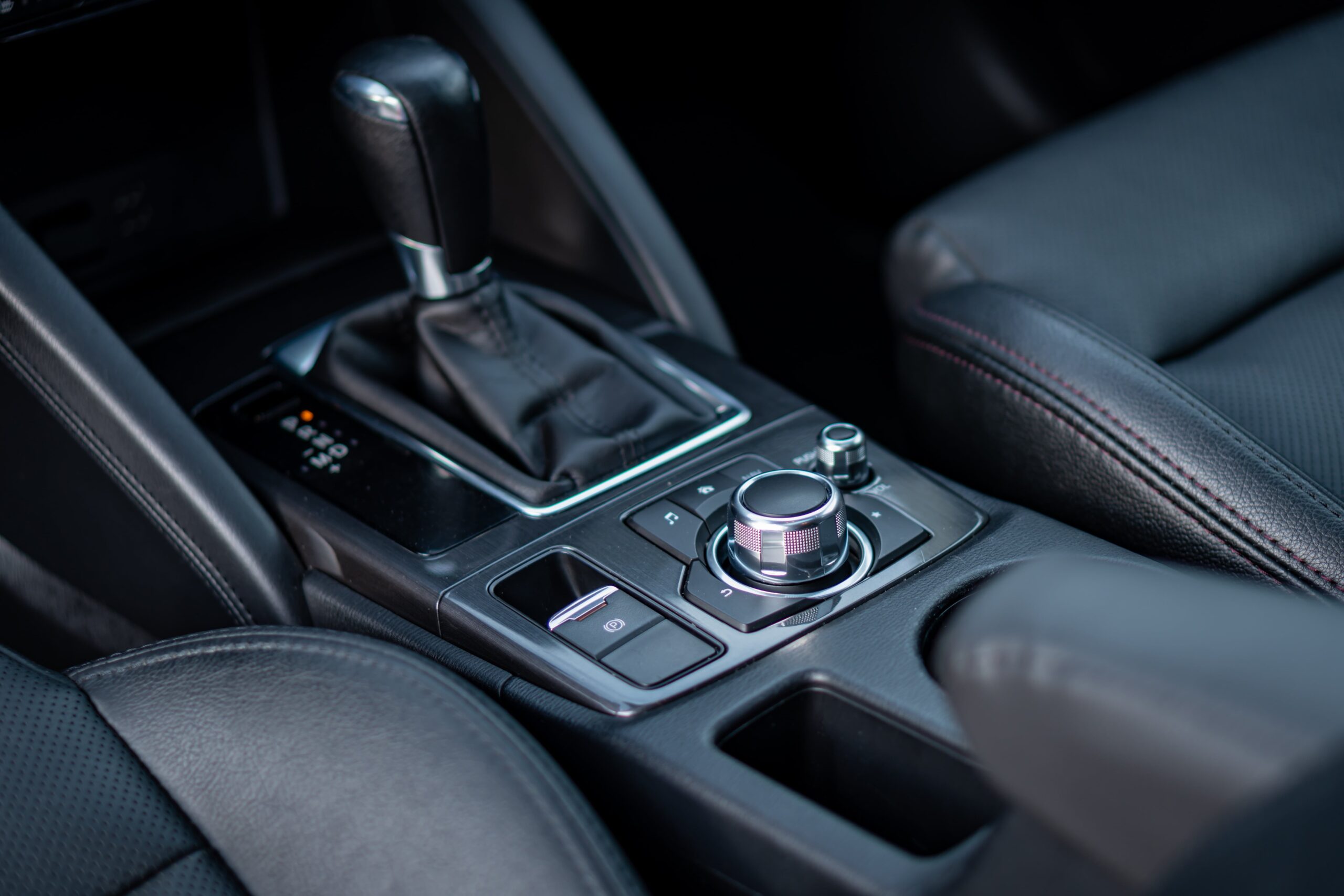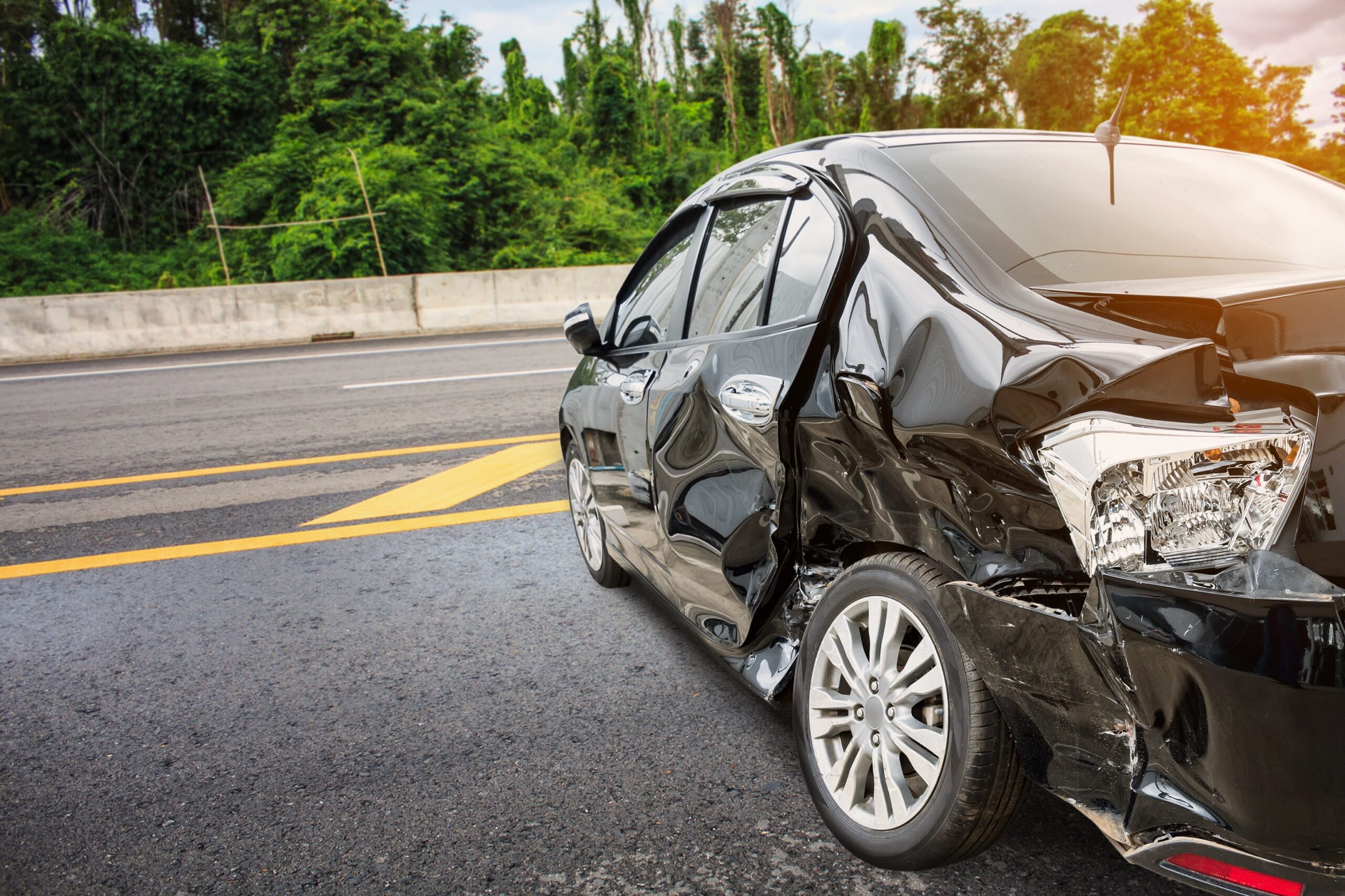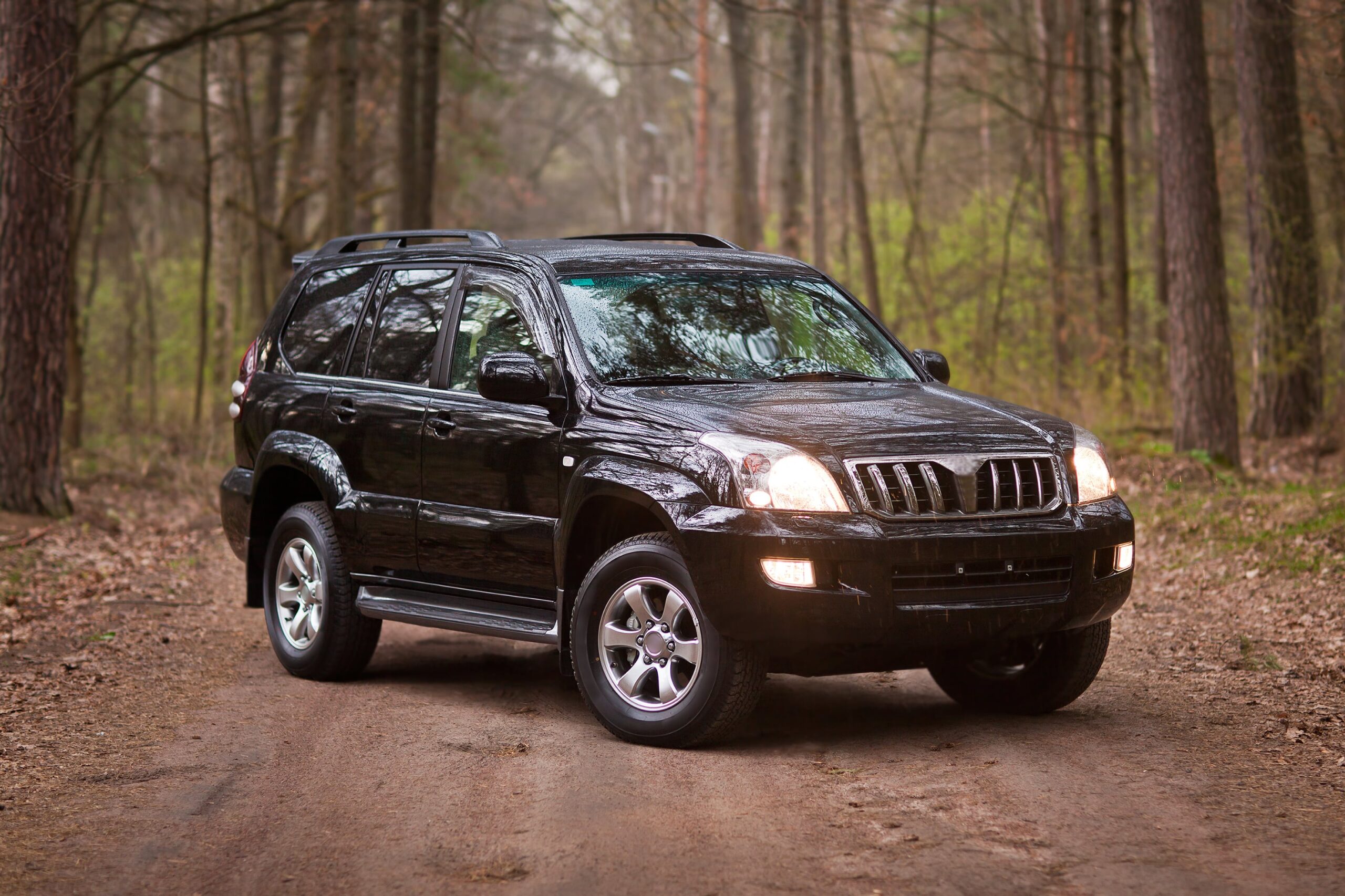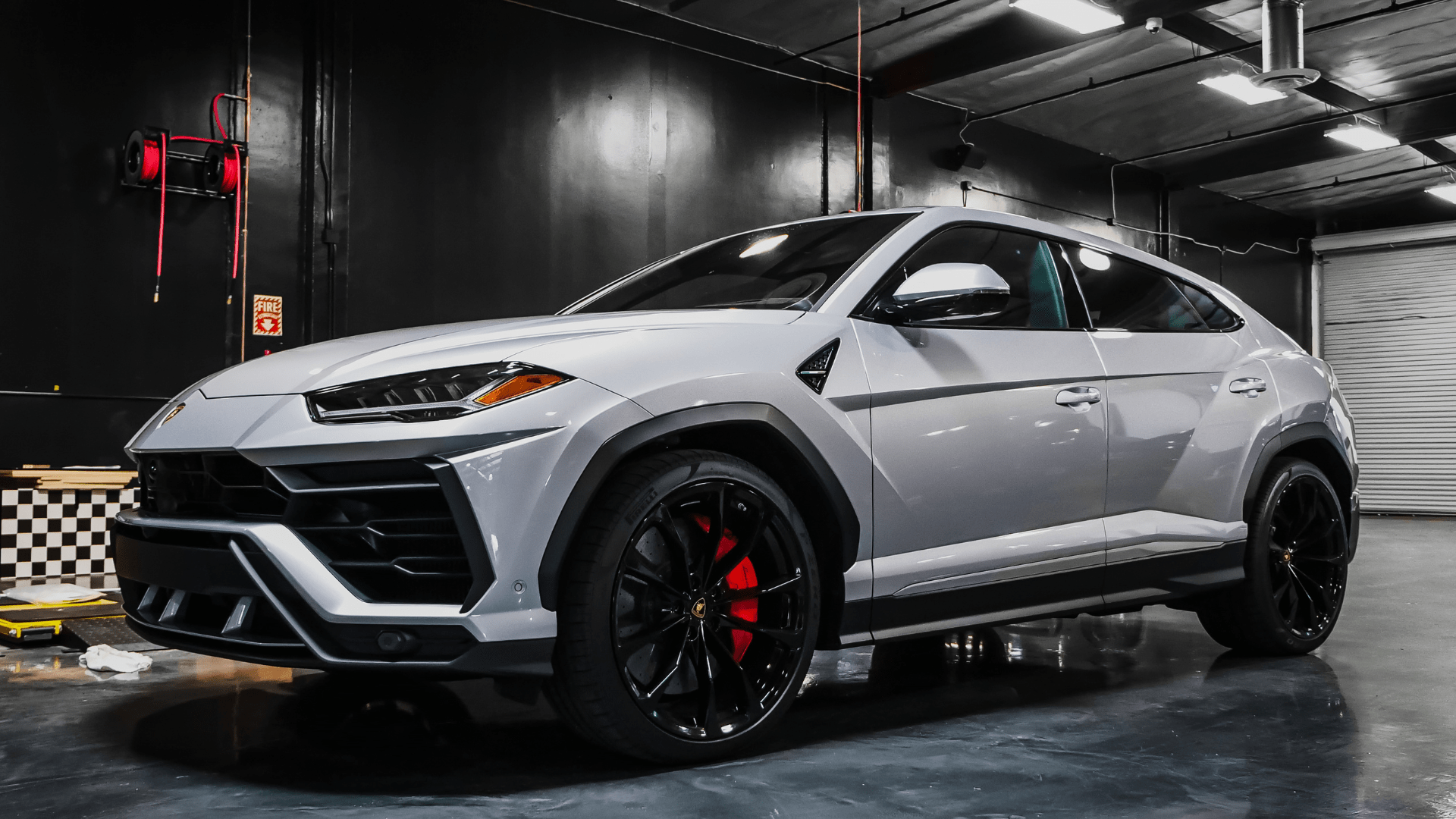
Where Should You Avoid Overtaking?
We’ve all experienced it, haven’t we? Stuck behind a driver who seems determined to stick to a leisurely pace, despite our own hectic schedules demanding that we get to our destination pronto.
The temptation to overtake can be quite overpowering in such situations.
But hold on a minute!
Let’s not let our urgency cloud our judgement, because there are times and places where overtaking can be more than just a little risky– it can be downright dangerous.
Not to mention, there are instances where it’s not even within the bounds of the law.
So, before you find yourself instinctively moving into the opposite lane, we’ve put together this handy guide to help you understand when it’s best to hold back and stay safe.
Our focus here is primarily on safety, but if you’re interested in a deep dive into the legalities of it all, we recommend reading overtaking rules (162 to 169).
Read on to learn more about where would it be unsafe to overtake.
Consider Visibility as a General Rule
There’s a one thumb/general rule in overtaking: if you’re not clear, you don’t pass. Full stop. No exceptions.
Visibility is an absolute must-have when you’re considering overtaking. Without clear visibility, you’re essentially manoeuvring blindly, and that puts you and other drivers at risk.
Imagine you’re cruising along a road, a car in front is going slower than you’d like, and you’re thinking about overtaking. Before you do anything, assess the road ahead.
Is it clear and straight, or are there bends or dips that might hide oncoming traffic?
Can you see far enough ahead to ensure that you can complete the manoeuvre safely before encountering oncoming traffic or before the road layout or direction changes?
If the answer is no, then it’s best to hold off on overtaking.
Then there are times when visibility is reduced due to other factors, like weather conditions or road obstructions. In such cases, it’s best to exercise extreme caution and avoid overtaking altogether.
In the following section, we’ll dive into more specific scenarios and discuss when it’s best to avoid overtaking.
Situations Where Should You Avoid Overtaking
In Bad Weather Conditions

When weather conditions take a turn for the worse, with heavy rain, snow, fog, or a dust storm, it’s typically best to restrain from overtaking. These conditions significantly reduce visibility and increase the stopping distance of vehicles. Additionally, they can make the road surface slippery, making manoeuvring more hazardous.
Heavy rain, for instance, can lead to aquaplaning, where your vehicle loses its grip on the road.
Snow and ice can make it harder for tyres to find traction.
In foggy conditions, it’s more challenging to assess the speed and distance of oncoming vehicles.
So, when you find yourself driving in adverse weather conditions, it’s best to stay in your lane and avoid overtaking.
Also Read: 10 Ways to Get Your Car Ready for Winter
Bends, Hills, Crests, and Dips

Bends and dips can hide oncoming traffic, making it difficult to overtake safely. Hills and crests can obstruct your view of the road ahead, reducing visibility and potentially causing accidents if you attempt to overtake.
The best course of action in these situations is to wait until you have a clear view of the road ahead before attempting to overtake.
The Nuances of Night Driving

While overtaking at night is generally safe on well-lit roads, however, some situations combined with nighttime conditions can make overtaking more dangerous.
These include:
- The glare from oncoming headlights can temporarily blind you.
- The reduced visibility makes it hard to judge the distance and speed of oncoming traffic.
- Adverse weather conditions, such as fog or heavy rain, can further reduce visibility.
- Unlit vehicles or poorly lit roads can make it challenging to see oncoming traffic.
- Increased animal activity at night can create unexpected hazards on the road.
We are certainly not suggesting a blanket ban on night-time overtaking. Instead, we recommend keeping these factors in mind and making a judgement call based on the circumstances at hand.
Sell Your Car In Just A Few Clicks
Selling your car has never been easier. Enter your registration and mileage, and we’ll handle the rest. Say goodbye to hidden charges!
Crossroads, Junctions, and Roundabouts

According to the Highway Code published by the Department for Transport, overtaking in these areas is generally discouraged.
Given the high volume of both vehicle and pedestrian traffic typically present, the risk of accidents becomes magnified.
Further, these areas significantly limit forward visibility, making it harder to ascertain if it’s safe to overtake.
One additional factor to consider is the danger of entering a large vehicle’s blind spot, particularly in these areas where vehicles need to turn and manoeuvre.
If you find yourself in a vehicle’s blind spot, especially during the complex navigation of turns, junctions, or roundabouts, the driver may fail to see you – a situation that could potentially lead to a collision.
Related: What To Do If You Break Down on The Motorway?
Tunnels & Underpasses

In scenarios where two-way traffic is facilitated, overtaking is generally forbidden unless there are distinct lanes for each direction of travel. If such lanes exist, you may proceed with an overtaking manoeuvre, provided you do not encroach into the opposing traffic lane.
Conversely, in single-lane tunnels or underpasses, overtaking becomes a non-negotiable ‘no’.
Moreover, tunnels pose an added danger with limited ventilation and visibility, making it all the more essential for drivers to observe overtaking rules strictly.
In cases where a vehicle breaks down in a tunnel, the safety of its occupants and other road users must be prioritised.
Roadworks & Construction Zones

Roadwork areas are notorious for their constantly changing traffic conditions.
Whether it’s a single lane closed or a speed limit reduction, these zones require extra caution and strict adherence to road signs and traffic control measures.
In most cases, overtaking is not permitted in road work areas due to the high risk of collisions or accidents with construction vehicles and workers.
However, if there are distinct lanes allocated for each direction, overtaking may be allowed, but again, it’s crucial to exercise extreme caution and only overtake when it’s safe to do so.
Motorway Entrance and Exit Ramps

Entrance and exit ramps on motorways are also areas where overtaking is not allowed.
These ramps are designated for vehicles to enter or exit the motorway safely, and any act of overtaking can impede this process.
Moreover, drivers must pay close attention to other vehicles merging onto the motorway from these ramps and adjust their speed accordingly.
Failing to do so can result in accidents and disrupt the flow of traffic.
Narrow Roads, Single Lanes and Blind Curves

On narrow roads with single lanes, overtaking should never be attempted as it can lead to head-on collisions or force other vehicles off the road.
Similarly, on blind curves where visibility is limited, overtaking becomes extremely hazardous and should only be done if there are clear markings indicating that it’s safe to do so.
It’s essential for drivers to anticipate such situations and refrain from overtaking in these areas for the safety of themselves and others.
Upgrade to a Vehicle with Safety Features
Don’t let outdated features compromise your safety. Sell your old car with ExchangeMyCar and upgrade to a vehicle with advanced safety features. Completely free, absolute no hidden charges!
Tips for Safe Overtaking
Here are some general tips to keep in mind when attempting to overtake another vehicle on the road:
- Always check for road signs and markings indicating overtaking is permitted.
- Don’t attempt to overtake if you are uncertain about the road conditions or the actions of other drivers.
- Before making a move, ensure that there is enough space and time to safely pass the other vehicle.
- Signal your intention to overtake by using your indicators.
- Check your blind spots and mirrors before changing lanes.
- Maintain a safe distance from the vehicle you are overtaking while passing it and when merging back into your lane.
- Only overtake one vehicle at a time.
- If another driver is trying to overtake you, maintain a steady speed and allow them to pass safely.
- Once you’ve overtaken, make sure you have plenty of space in front of the vehicle you’ve passed before returning to your lane.
- Use caution when overtaking in adverse weather conditions or at night as visibility is reduced and road conditions may be more hazardous.
By following these tips, you can ensure that your overtaking manoeuvres are done safely, minimising the risk of accidents and keeping yourself and others on the road safe.
What Must You Do When Overtaking a Car at Night?
When it comes to overtaking a car at night, additional caution is required due to reduced visibility and potential risks that might not be as apparent as during the day.
Here are some key points to remember:
- Assess the situation carefully: Before attempting to overtake, make sure there are no other cars approaching from behind or oncoming traffic.
- Use high-beam headlights judiciously: Your headlights should be on a high beam to fully illuminate the road ahead. This can help you spot potential hazards. Remember to switch back to low beam when approaching other vehicles to avoid blinding them.
- Signal your intentions: Always use your indicators to alert other drivers that you plan to overtake. This becomes even more important at night when visibility is reduced.
- Avoid overtaking in hazardous areas: Refrain from overtaking on unlit roads or areas with sharp curves and bends. The risk of an accident increases significantly in these conditions.
- Check your blind spots: Before merging back into your lane, don’t forget to check your blind spots and use your side mirrors. This ensures you’re not cutting off any vehicles.
- Maintain a steady speed: Sudden movements or speed changes can confuse other drivers, especially at night. Keep your speed consistent.
- Pass quickly and safely: When you’ve decided to overtake, do it swiftly but safely. Lingering in the oncoming lane for too long can be dangerous.
- Be prepared to abort the manoeuvre: In case of any unexpected hazards or obstacles, be ready to slow down or return to your lane quickly.
By keeping these points in mind, you’ll be better equipped to overtake safely even under the challenging conditions of night driving.
Where May You Overtake on a One-Way Street?
It’s obvious you’ll overtake from the right just as you would on a multi-lane road. But keep in mind the following while overtaking on a one-way street:
- Check the road sign properly. If it indicates no overtaking, don’t!
- Make sure that the right lane is clear before you start to overtake.
- Don’t forget to use your indicators and check your blind spots before merging back into your lane.
- Keep an eye out for pedestrians, cyclists, or other vehicles entering the one-way street from side roads.
- If there are any parked cars on the right side, make sure there is enough space for you to overtake without causing any inconvenience to other drivers or pedestrians.
- Always be alert and ready to abort the manoeuvre in case of any unexpected hazards.
Conclusion
We hope our guide has provided you with valuable tips and advice on when to avoid overtaking.
Our intent wasn’t to discourage overtaking but to highlight the potential risks involved and the importance of taking necessary precautions.
We are committed to promoting road safety and urge all drivers to exercise caution and responsibility while on the road.
Following these guidelines can help prevent accidents and make our roads safer for everyone.
If you’re looking to upgrade your vehicle to one with enhanced safety features such as a blind-spot monitor, and are considering selling your current vehicle, then Exchange My Car is your go-to solution.
Use our online car valuation tool to receive a free, no-obligation quote, all in just 30 seconds.

